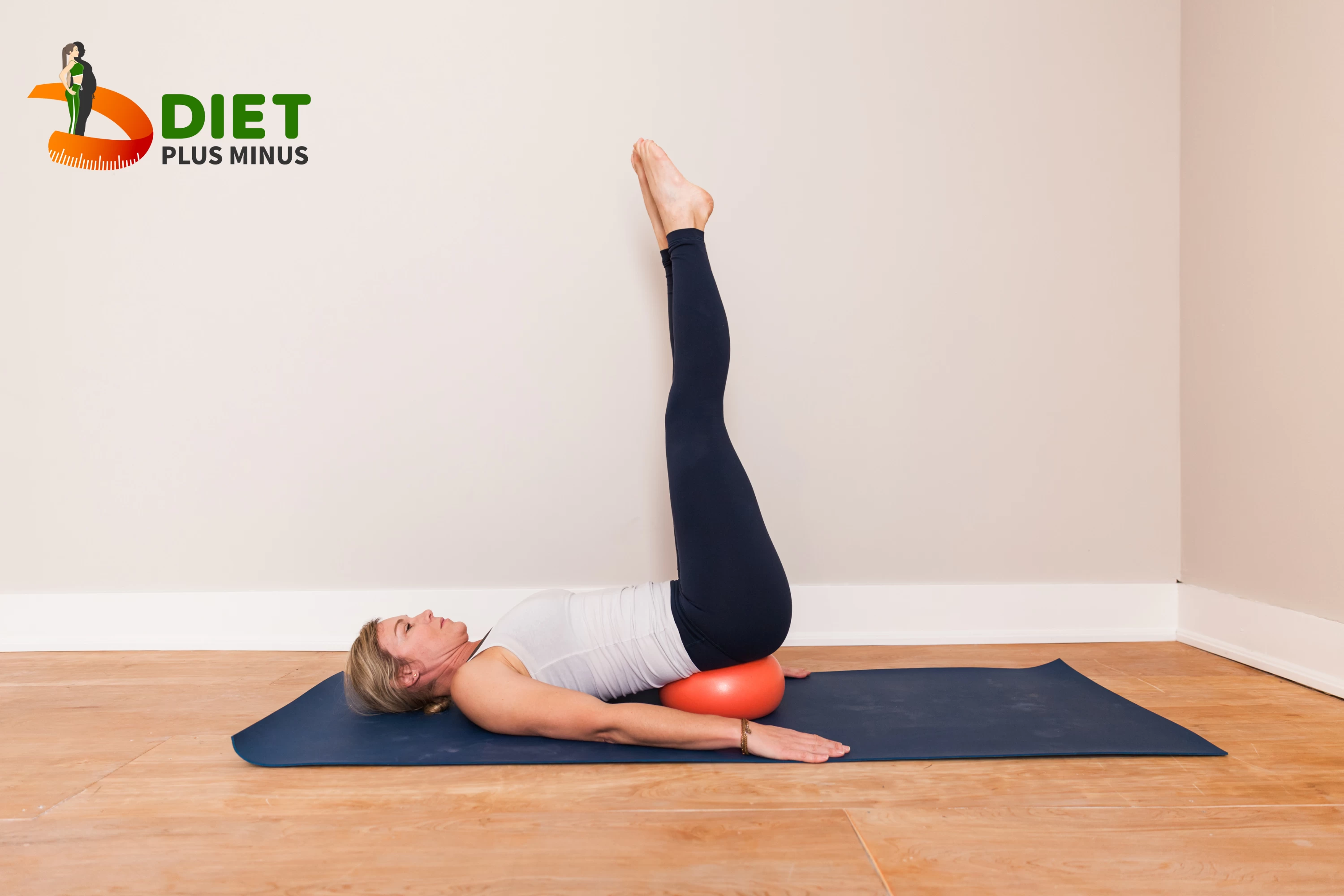Abdominal-Exercise- Leg Raises

Abdominal Leg Raises
Abdominal leg raises strengthen the abdominals, hip flexors, and quadriceps. This exercise can be done hanging from a pull-up bar or lying on your back with your hands at your sides. Start by lying on your back with your legs extended in front of you and your arms straight out at shoulder height. Raise both legs to a 90-degree angle with the floor, keeping them level. Hold for two seconds before lowering. To maximise this movement, press your lower back into the ground. Do three sets of 10 repetitions. As you get stronger, add sets or reps.
Abdominal leg raises strengthen the abdominal muscles, hip flexors, glutes, and calves, improving balance and coordination and strengthening the core. To increase intensity or difficulty, add ankle weights to this exercise!
Benefits: Core Strength
Walking, running, and sitting require core strength. Good posture and balance require it. Leg raises strengthen abdominal, back, and hip core muscles. Leg raises can strengthen abdominal muscles to improve posture and stability. They strengthen glutes and improve hip mobility and stability. Finally, leg raises improve hip range of motion and coordination in other sports and physical activities. These benefits boost athleticism on and off the field.
Muscles Targeted: Rectus Abdominis
The "abs"—rectus abdominis—is a large muscle group in the front of the abdomen. The rib cage to pubic bone muscle flexes, rotates, and stabilises the torso. Proper leg raises use this muscle group to lift and lower the legs close to the body. This abdominal exercise works your rectus abdominis, hip flexors, obliques, and transverse abdominis—all core stability muscles. Focusing on correct form and slow, controlled movements can maximise this exercise's effectiveness while reducing injury and strain on other parts of your body. Keep your spine straight during leg raises to target your rectus abdominis. Arching or rotating your back will cause other muscles to take over.
Form and Technique: Keep Back Flat
Leg raises require a flat back. Abdominal exercises are most effective and safest when done properly. Flat-back leg raises target core and other major muscle groups.
Maintaining a neutral spine position during leg raises ensures that your core muscles support your body rather than your hips or quads. Look in the mirror or have someone watch you from behind to make sure your stomach and lower back don't arch. Engaging abdominal and gluteal muscles simultaneously helps keep the back flat.
Instead of lifting legs quickly or trying for speed reps, focus on tightening through each leg raise rep to maximise core muscle engagement. To improve performance, keep legs close together and point toes during each rep to isolate muscle groups better than with wider stances.
Variations: Reverse Leg Raise, Toe Touch
Reverse Leg Raises strengthen lower abdominal muscles. Instead of raising your legs, you lower them in this exercise. This can be done with bent or straight knees, depending on your comfort. Keep your back and hips flat when lowering and raising your legs for best results.
Like a leg raise, the Toe Touch exercise strengthens the lower abdominals, but it challenges other muscles as well. This exercise involves lying on your back with your legs extended at a 90-degree angle from your torso. Reaching forward with arms above your head, touch both toes with each hand. Maintain abdominal tension and control throughout reps as you return to starting position.
Tips for Beginners: Go Slow
Abdominal exercises—especially leg raises—should be done slowly. Reducing your speed will help you target the lower abs with this exercise. Too much momentum can prevent you from feeling the right muscles work. Slow down your reps and squeeze your core at the top for best results. To avoid injury and using other muscles as support, use good form with each rep. Finally, breathe! Maintaining a steady breathing pattern during leg raises stabilises your core.
Conclusion
Fitness requires core strength. Leg raises strengthen the core. Leg raises work the abdominals and hip flexors when done properly. Weights, pulses, and one-leg raises can intensify this exercise. Altering leg angle targets different abdominal muscles. While lifting your legs, keep your lower back pressed into the ground or mat. Each rep should be done with straight legs held as high as possible without arching your back. Push through each repetition until your heels almost touch before slowly lowering them to starting position. 3-4 sets of 8-12 reps 2-3 times a week can strengthen these muscles quickly!
In Short:
Steps involved:
-
Lay down on your back with your arms and palms on either side.
-
Keep your legs and feet together and as straight as possible.
-
Then, slowly raise your legs to a 90 degrees angle then pause at that position, or as high as you can reach your legs, and then slowly lower your legs back down.
Do’s:
-
Position your lower back into the floor. While lowering your legs, stop once for a while to feel your back lifting up from the floor.
-
Keep your legs together and keep your inner thighs engaged.
-
Inhale when you lift your legs up and exhale when you take them down.
Don’ts:
-
Don’t allow your lower back to arch off or lift from the floor.
-
Don’t let your legs come apart.
-
Don’t hold your breath during the exercise because your muscles need oxygen during the workout.
